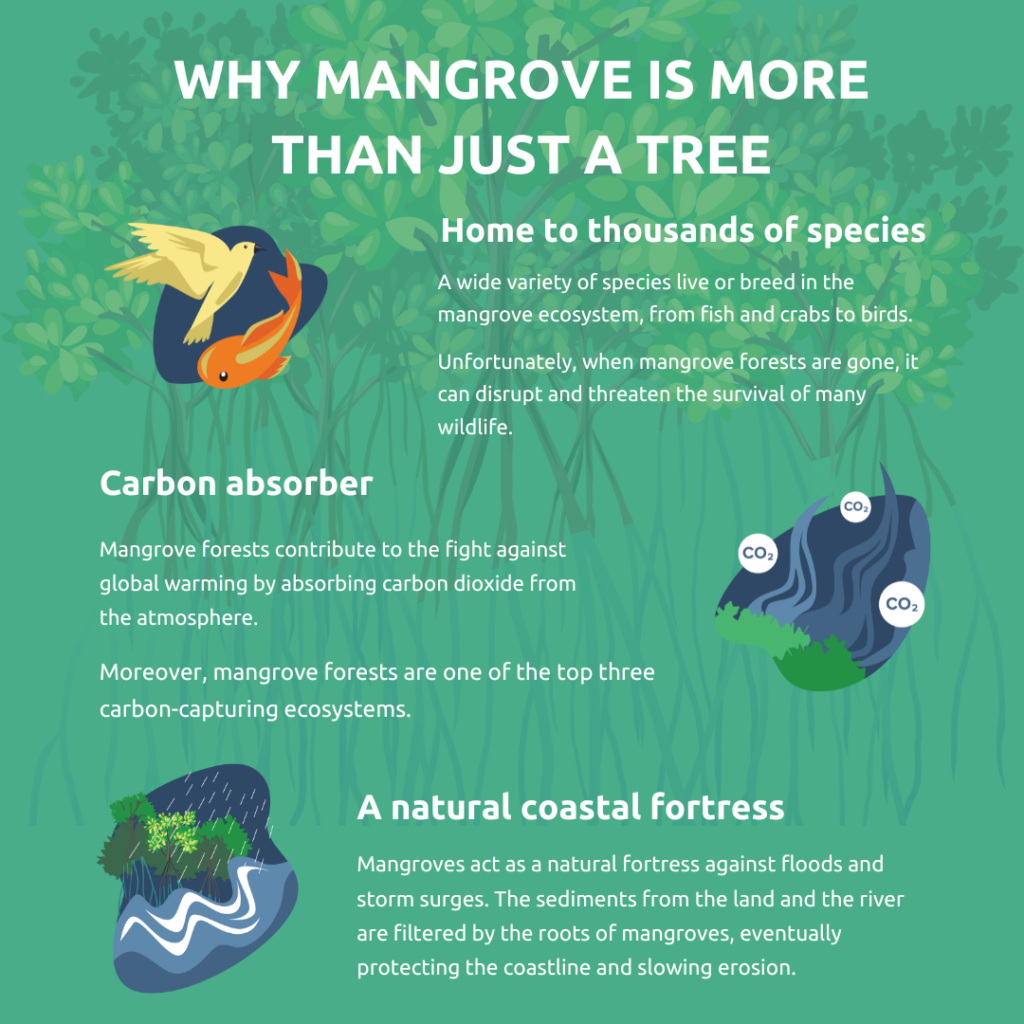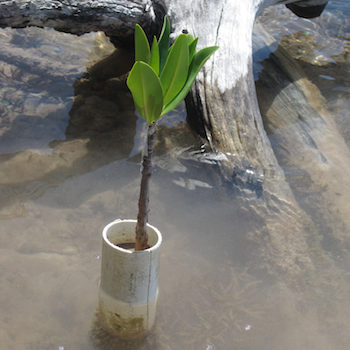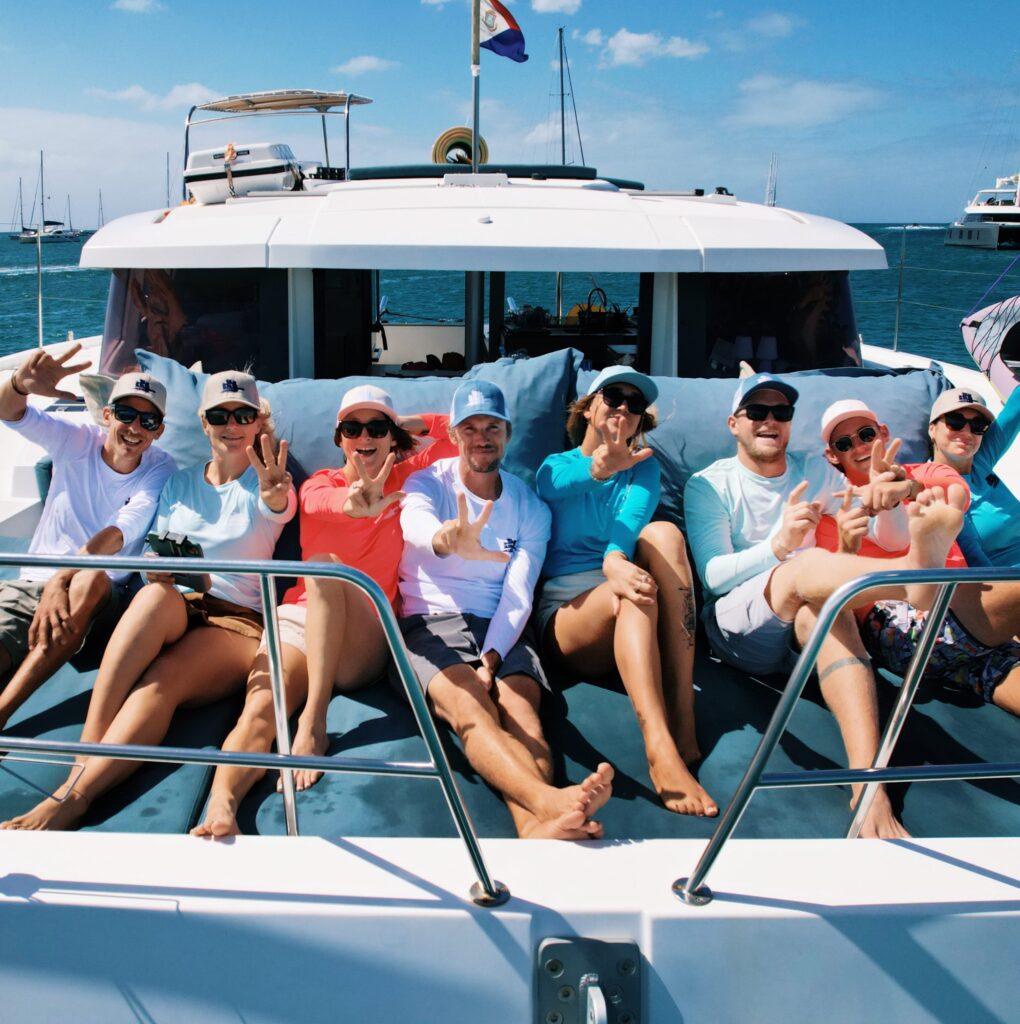On Saturday March 11, Pyratz will team up and participate in the ninth edition of SXM DOET.
DOET is a volunteer initiative which started in the Netherlands (which translates from Dutch to “DOES”)and shortly after rolled out by the Dutch Caribbean Islands. It is the Kingdom’s largest volunteering event, with hundreds of projects carried out during two days in March.
Sint Maarten’s version “SXM DOET” will be hosting 94 projects this today and tomorrow 11 March. As we heavily rely on the beauty and equilibrium of nature, we were more than excited to participate in one of the projects aiding in the reforestation of the native mangroves.
WHAT ARE MANGROVES?
Mangroves are tropical plants that are adapted to loose, wet soils, salt water and being periodically submerged by tides. Four major factors appear to limit the distribution of mangroves: climate, salt water, tidal fluctuation and soil type. There are more that 50 species of mangroves found throughout the world. In St Maarten we have 4 species of mangroves; Red, Black, White, and the Buttonwood Mangrove.
WHAT DO THEY DO?
Mangroves have so many reasons to be considered. They are an underestimated species which are oh so very important for nature. For starters, they are are one of the most valuable natural resources on the planet. They play a crucial part in any land’s ecosystem, as their dense roots help to bind and build soils. St Maarten Nature Foundation says the following; “They also help keep the water clean; their roots filter and prevent the sediment from reaching and smothering coral reefs.”
Did you know that Scientific studies have found that Mangroves sequester carbon 2 – 4 times greater than mature tropical forests and contain the highest carbon density of all terrestrial ecosystems?
They additionally provide natural infrastructure and protection to nearby populated areas by preventing erosion and have the incredible ability to absorb the impact of storm surge during extreme weather events such as hurricanes.
Another big part in which they help, is that they offer a home to a wide range of wildlife, which is especially important for the endangered native birds on Sint Maarten. In fact, their roots also provide nursery for many species which then later populate the reef and in the long run support local fisheries.
WHY PLANT MORE?
“Though mangrove ecosystems provide a unique and valuable range of resources and services, huge areas of mangrove continue to be lost to agriculture and urbanization.”, says Sint Maarten Nature Foundation. It is estimated that about 60% of the total mangrove areas in the world have disappeared. The healthy areas of mangrove forest that remain on St. Maarten are therefore significant worldwide and must be urgently protected from further damage”
The volunteer event will take place between the Sint maarten Yacht club and two of the little islets inside the Simspon Bay Lagoon. One if the islets is used to collect mud for the planting, which will then be transported to Little Key where the mangrove propagues will be planted by our crew as well as 22 other volunteers. We will carry out the full planting process, from preparing the pvc tubes in which the new plants will grow, to collecting mud, and planting the previously prepared mangrove propagules.
For more information on our island’s mangove population, check The Sint Maarten Nature Foundation website article here.


